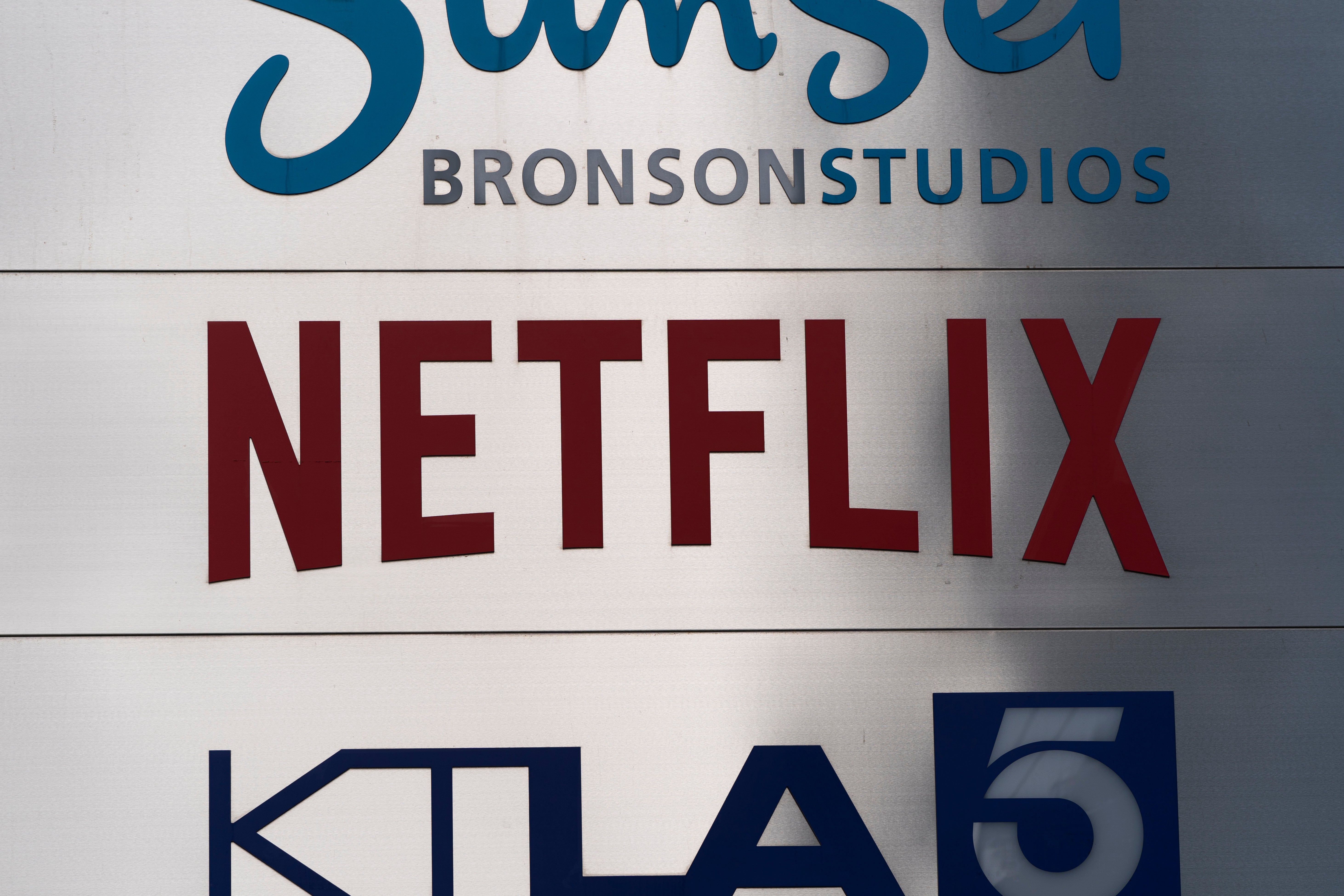Netflix's password-sharing crackdown reels in subscribers as it raises prices for its premium plan
Netflix has disclosed summertime subscriber gains that surpassed analysts’ projections, signaling the video streaming service’s crackdown on password sharing is converting former freeloaders into paying customers

Your support helps us to tell the story
From reproductive rights to climate change to Big Tech, The Independent is on the ground when the story is developing. Whether it's investigating the financials of Elon Musk's pro-Trump PAC or producing our latest documentary, 'The A Word', which shines a light on the American women fighting for reproductive rights, we know how important it is to parse out the facts from the messaging.
At such a critical moment in US history, we need reporters on the ground. Your donation allows us to keep sending journalists to speak to both sides of the story.
The Independent is trusted by Americans across the entire political spectrum. And unlike many other quality news outlets, we choose not to lock Americans out of our reporting and analysis with paywalls. We believe quality journalism should be available to everyone, paid for by those who can afford it.
Your support makes all the difference.Netflix on Wednesday disclosed summertime subscriber gains that surpassed industry analysts’ projections, signaling the video streaming service’s crackdown on password sharing is converting former freeloaders into paying customers.
In an effort to bring in even more revenue, Netflix also announced it's raising the price for its most expensive streaming service by $2 to $23 per month in the U.S. — a 10% increase — and its lowest-priced, ad-free streaming plan to $12 — another $2 bump. The $15.50 per month price for Netflix's most popular streaming option in the U.S. will remain unchanged, as will a $7 monthly plan that includes intermittent commercials.
It also raised its prices for subscribers in the U.K. and France.
The company added nearly 8.8 million worldwide subscribers during the July-September period, more than tripling the number gained during the same time last year when Netflix was scrambling to recover from a downturn in customers during the first half last year. The increase left Netflix with about 247 million worldwide subscribers, well above the 243.8 million projected by analysts surveyed by FactSet Research.
Netflix’s financial performance also topped the analyst forecasts that shape investor expectations. The Los Gatos, California, company earned $1.68 billion, or $3.73 per share, a 20% increase from the same time last year while revenue climbed 8% to $8.54 billion.
The company’s stock price soared more than 12% in extended trading after the latest quarterly numbers came out. Netflix shares have increased by about 30% so far this year amid mounting evidence its video streaming service is faring better than most in a crowded fielded of competitors that is testing the financial limits of many households.
Netflix has picked up more than 16 million subscribers through the first nine months of the year, already eclipsing the 8.9 million subscribers that it added all of last year. But it’s still a fraction of the more than 36 million additional subscribers that Netflix attracted in 2020 when the pandemic turned into a gold mine for the service at a time when people were looking for ways to stay entertained while tethered to home.
Subscriber growth “isn’t going to be what it was three or four years ago. That has to do with (market) penetration and who can afford to pay for it,” said Uday Cheruvu, an analyst for Harding Loevner, a money manager that owns Netflix shares.
This year’s subscriber inroads have been made despite entertainment labor strife centered in part on writers’ and actors’ complaints about unfairly low payments doled out by video streaming services such as Netflix. The company has been able to withstand the recently settled writers’ strike and ongoing actors strike by drawing upon a backlog of already finished TV series and movies in the U.S., as well as productions made in international markets unaffected by the labor disputes.
Netflix’s decision to abandon its long-established practice of allowing subscribers to share their account passwords with friends and family outside their households has prompted more viewers who had been watching the video service for free to sign up for their own accounts. The crackdown also has boosted Netflix’s in another way – current subscribers can share their accounts with someone living outside their households by paying higher monthly fees.
In a shareholder letter released with its latest quarterly results, Netflix said the backlash to the password-sharing crackdown has been minimal and expressed optimism that management will find ways to convert more “borrower households” into subscribers in the upcoming months.
The apparent success of the password-sharing crackdown could now free management to focus on other ways to bring in more revenue, such as a low-priced option that includes advertising introduced a year ago.
Netflix’s decision to open its service up to commercials hasn’t been a big boon yet, but Cheruvu believes that will change as advertisers realize that the personal information the company has gleaned from viewers’ entertainment tastes can help target their commercials at consumers most likely to buy their products in the same way internet powerhouses such as Google and Facebook have been doing for years.
“I think the advertising potential of Netflix is underappreciated,” Cheruvu said. “The audience engagement with the video advertising there could be multiple times stronger than a social media platform.”
In the shareholder letter, Netflix said roughly 30% of its incoming subscribers are opting for the $7 plan with commercials, growth that is likely to attract more spending from advertisers